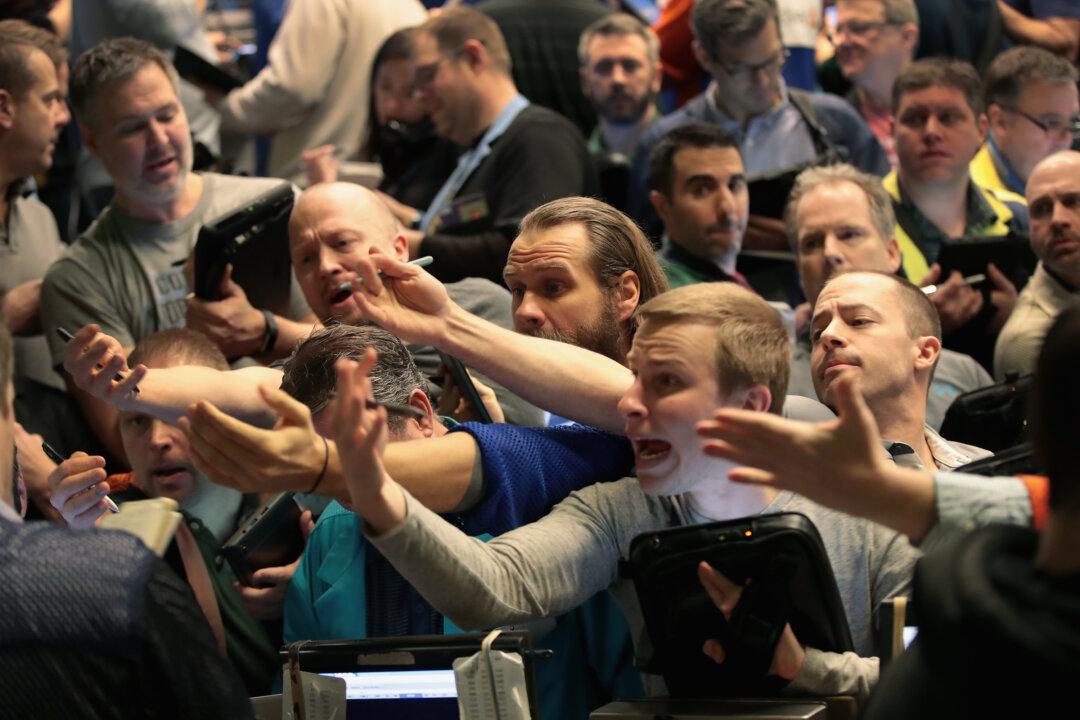The 4 percent crash in the U.S. dollar in January didn’t harm the stock market, given that the S&P 500 rose 7.4 percent through January before the recent crash. Neither did the 0.45 percent rise in yields to 2.85 percent on the 10-year Treasury.
People thought those two factors would not hurt stocks.





